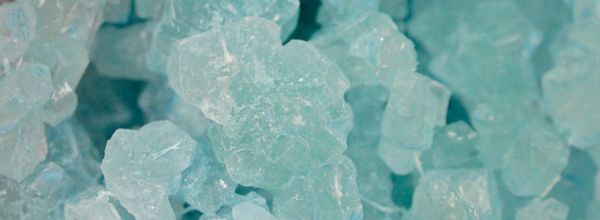Tandem affinity purification (TAP) is a versatile technique allowing the isolation of proteins for various purposes including Western blot and mass-spectrometry. The target protein is fused with protein A from streptococcus and the calmodulin binding domain, which together comprise the TAP-tag (for an introduction to TAP-tagging, see this article).
To purify a TAP-tagged protein from cell lysate, cell extract is first incubated with antibodies (IgG), which bind to protein A. The antibodies can be conjugated to sepharose or magnetic beads, but be aware that magnetic beads shed more IgG. Next, the beads are washed with buffer containing increasing concentrations of salt. To get rid of non-specifically bound proteins, TEV protease is used to cleave the target protein from the bead-bound protein A. Finally, the protein is bound to calmodulin-binding resin, and then eluted, yielding pure protein.
The whole procedure sounds complicated, and there are a few stages where your protein can be lost. However, there are a number of tricks to help you along.
1. Make sure that your protein is expressed and has a TAP-tag. This is especially important if you are using a commercial construct; sometimes the labelled protein is not what is says on the tin! If you have antibodies against the target protein, make sure that it and the TAP-tagged protein are the same.
2. Optimize protein production. If your protein of interest is expressed in log phase and degraded in stationary phase, there is no point in growing cells to stationary phase.
3. It’s good to be lazy. You will lose protein at each and every step. Although the original protocol requires two purification steps (IgG and calmodulin binding), for most purposes the first step is enough. So you may postpone investing in the calmodulin binding resin. If you want just to pull down a protein for a Western blot, you may even skip TEV cleavage: just boil your IgG resin in sample buffer and run the resulting sample.
4. Do a trial run. Do a small scale purification, saving samples from each stage, and run a Western blot to see what’s happening at each stage – remember, your protein will not retain the complete TAP tag after TEV cleavage, it’s better to use an anti-calmodulin antibody for detection.
5. Optimize cleavage with TEV. TEV cleavage is usually the deal-breaker; you can lose as much as 80% protein at this stage – if the TEV doesn’t work, the target protein will remain bound to the column. TEV from Invitrogen is the most commonly used, but I found recombinant TEV-protease from R&D systems (cheaper) or Sigma (cleaner result) are more efficient. Some protocols recommend a 2h digestion with TEV at room temperature, but cleavage can be vastly improved by incubating your column with resin at 4°C overnight.
6. Eliminate protease contamination. Bear in mind that commercial TEV proteases usually have a His-tag; this can interfere with downstream applications, but can also be used to remove the protease.
7. Remove IgG heavy chain for cleaner blots. If you decide to stop at the first purification stage after TEV cleavage, you may find that the prep contains TEV protease (28K, if His-tagged ~53K) and IgG heavy chain (~53K). This is not important if you want to stain the gel and isolate your protein, for example, for mass-spectrometry. But if you do need a pure prep and the molecular mass of target protein is significantly different from the major contaminants, the protein can be filtered away during the sample concentration.
8. Prepare your lysate carefully. If there are other contaminants, this may be remedied by better clarification of your lysate (try spinning for 1h at 35K).
9. Try pre-incubating your lysate. Contaminants can sometimes be removed by pre-incubation of the lysate with 4B sepharose.
10. Optimize wash stringency. If you’re still seeing contamination, try washing your beads with a higher concentration of salt (up to 500 mM) before TEV cleavage.
What are your tips for successful TAP purification?







